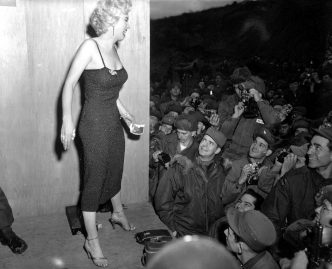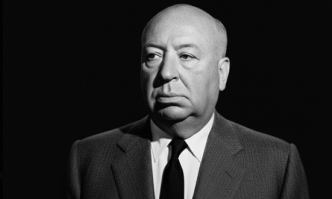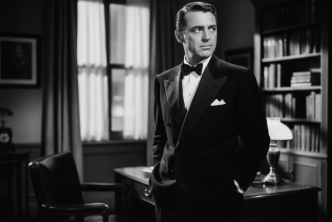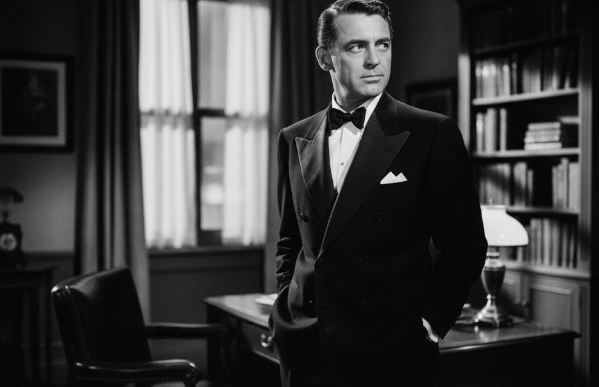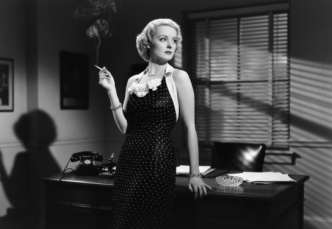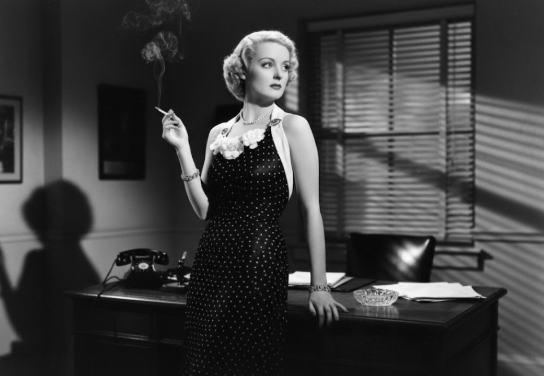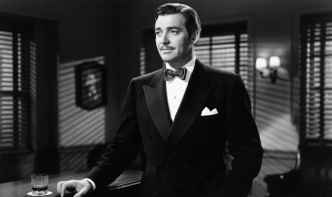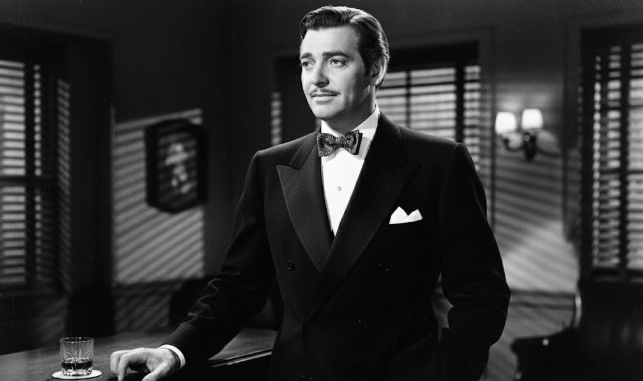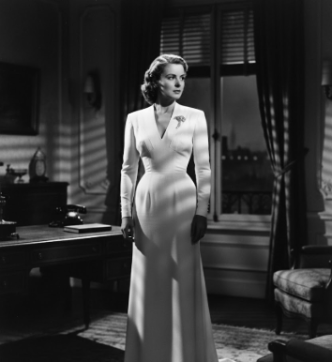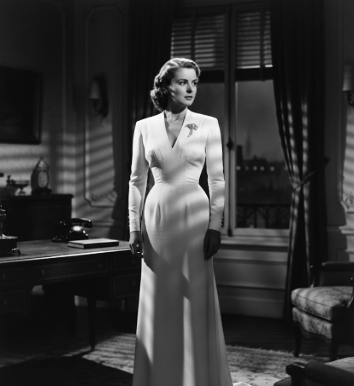Marilyn Monroe was more than a movie star; she was a cultural supernova, an icon of glamour and sexuality whose image has become one of the most enduring of the 20th century. Born Norma Jeane Mortenson, she was meticulously crafted by the Hollywood studio system into the ultimate “blonde bombshell,” a persona defined by a wiggling walk, a breathy voice, and an air of innocent sensuality.
Yet, beneath the carefully constructed mask was a fiercely intelligent, ambitious, and deeply insecure woman who fought a lifelong battle against the very image that made her famous. Monroe was a proto-feminist who challenged the studio system, took control of her own career by forming her own production company, and dedicated herself to the craft of acting under the legendary Lee Strasberg.
Her story is one of profound paradox: a woman celebrated for her body who yearned to be respected for her mind, a global symbol of desire who was tragically lonely, and an artist who, despite being typecast, left behind a legacy of vulnerability, comedic genius, and rebellion.
From Norma Jeane to Marilyn: A Childhood of Scars
Marilyn Monroe’s life began in hardship. Born in Los Angeles in 1926, she never knew her father, and her mother, Gladys, suffered from severe mental health issues that led to her institutionalization. This left Norma Jeane a ward of the state, shuttled between a dozen foster homes and an orphanage. Her childhood was marked by instability and abuse, experiences that would instill in her a deep-seated insecurity and a desperate yearning for love and acceptance that would follow her for the rest of her life. To escape returning to another orphanage, she married her 21-year-old neighbor, Jimmy Dougherty, at the age of 16.
Her path to stardom began during World War II while she was working in an ammunition factory. A U.S. Army photographer discovered her, leading to a successful career as a pin-up model. This exposure caught the attention of Hollywood, and in 1946, she signed her first contract with 20th Century Fox. It was then that Norma Jeane Baker was reborn as Marilyn Monroe, a name and persona that would soon take over the world.
The Birth of the “Dumb Blonde”
After a series of minor roles, Monroe’s breakthrough came with two critically acclaimed performances in 1950: a small but memorable part in John Huston’s noir classic The Asphalt Jungle and another in the sophisticated drama All About Eve. These roles showcased her undeniable screen presence, but it was in 1953 that her star image was permanently forged. Three films released that year—the noir thriller Niagara, which overtly capitalized on her sex appeal, and the blockbuster comedies Gentlemen Prefer Blondes and How to Marry a Millionaire—established her as the quintessential “dumb blonde”.
This persona, a woman of childlike innocence and breathtaking sensuality, was a creation of the studio system, designed to appeal to the fantasies of a post-war America. The image was further solidified when nude photos she had posed for earlier in her career were published in the first issue of Playboy magazine. While the studio feared a scandal, the controversy only increased public fascination and boosted her box office appeal.
A Rebel with a Cause: The Fight Against the Studio
Monroe was a key player in the creation and management of her public image, but she grew deeply frustrated with being typecast and chronically underpaid by the studio. Despite being one of Hollywood’s most marketable stars, she was paid significantly less than her co-stars and had little creative input. In early 1954, her frustration boiled over when she refused a film project and was promptly suspended by Fox.
This act of defiance marked a turning point. Instead of capitulating, Monroe left Hollywood for New York and, in a revolutionary move, formed her own independent company, Marilyn Monroe Productions (MMP), with photographer Milton Greene. This made her one of the first women since the silent era to helm her own production company, a direct challenge to the ironclad control of the studio system. While in New York, she dedicated herself to becoming a serious actress, studying method acting under Lee Strasberg at the prestigious Actors Studio. Her peers were mesmerized by her talent, with one performance of a scene from Anna Christie being hailed as one of the greatest they had ever witnessed.
Artistic Triumph and Personal Tragedy
Monroe’s rebellion paid off. In late 1955, Fox awarded her a new contract that gave her a larger salary and unprecedented creative control, including approval over scripts and directors. The films she made under this new deal showcased her growth as an artist. Her performance as a saloon singer in Bus Stop (1956) was hailed by critics and earned her a Golden Globe nomination. She won a Golden Globe for Best Actress for her iconic role as Sugar Kane in Billy Wilder’s classic comedy Some Like It Hot (1959).
Her final completed film, The Misfits (1961), written by her then-husband, playwright Arthur Miller, was her most dramatic and personal role. She played Roslyn Taber, a wounded and deeply sensitive divorcée, a character that mirrored her own vulnerabilities and struggles. It was a raw and powerful performance, considered by many to be her finest, but the production was plagued by her deteriorating mental health and addiction to prescription drugs.
Conclusion: The Enduring Paradox
Marilyn Monroe’s life was a complex tapestry of triumph and tragedy. She was a cultural icon who challenged 1950s beauty standards, advocating for a more voluptuous and sensual femininity. She was a proto-feminist who fought for and won creative and financial independence in a male-dominated industry. Yet, she could never fully escape the persona she created or the personal demons that haunted her. Her untimely death at 36 cemented her myth, leaving behind the image of a woman who was both a goddess of the silver screen and a deeply human figure, forever capturing the world’s fascination

Dario Loce is the founder and editor of Celebrimous. He is a lifelong film enthusiast and the author of several locally-published books on cinema history and analysis. His passion is deconstructing the “how” and “why” of filmmaking, from the director’s vision to the editor’s cut. When not lost in a classic film, he’s usually walking through the city, replaying scenes in his mind like unfinished stories.
